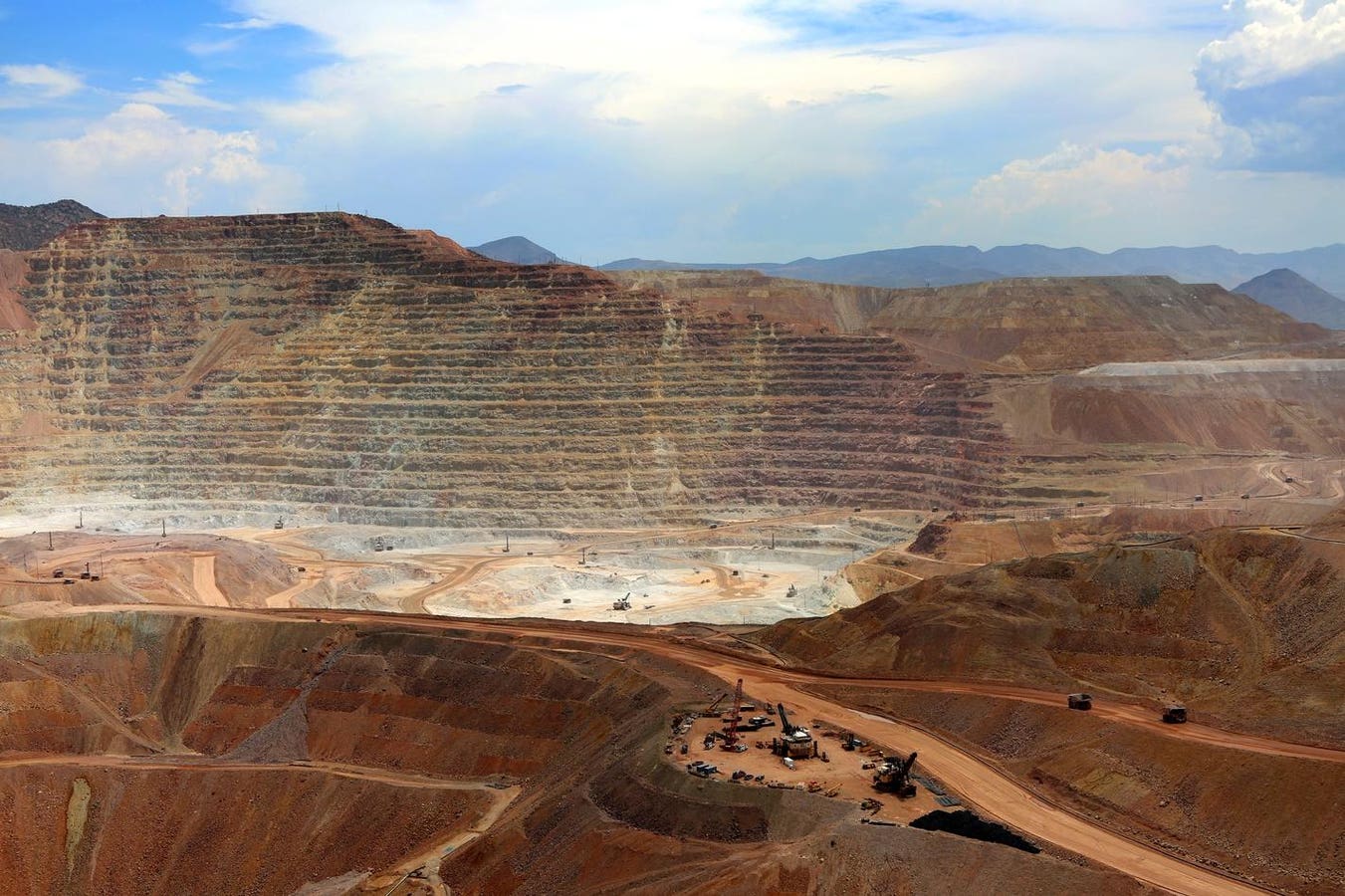Morenci is the largest copper producer in North America
getty
The United States Department of Energy (DOE) has announced its intent to pour nearly $1 billion into advancing mining, processing, and manufacturing technologies for critical minerals and materials. It’s the first major funding announcement from the DOE under the Trump administration — and it signals a sharp turn in America’s energy priorities.
This is not the DOE of the Inflation Reduction Act era. That DOE was in the business of decarbonization: billions for clean hydrogen hubs, carbon capture, EV battery manufacturing, and community solar programs. This DOE is in the business of security. The focus has shifted from sustainability to sovereignty, from emissions reduction to supply chain fortification.
The funding, spread across five major initiatives, is designed to secure domestic access to the building blocks of modern industry: lithium, nickel, rare earth elements, gallium, graphite, and other minerals essential for semiconductors, magnets, and batteries. The rhetoric surrounding the announcement leaves little doubt about the reframing. The words “national security” appear repeatedly. “Climate” and “decarbonization” are nowhere to be found.
This pivot comes in the wake of a turbulent year for U.S. clean energy and climate tech. Since January, we’ve seen a string of layoffs in battery manufacturing, wind turbine factories, and carbon capture startups. Several high-profile projects, once flagship examples of the nation’s net-zero ambitions, have been canceled or indefinitely delayed. The DOE canceled $3.7B in awarded projects for decarbonization. Investors have grown skittish. The political will that drove climate policy in the early 2020s has been replaced with an industrial policy rooted in resource nationalism.
From one perspective, the shift makes sense. The United States imports more than 80% of its rare earth elements from China, a nation that has proven willing to weaponize supply chains. Gallium and germanium, crucial for advanced semiconductors, were recently subject to Chinese export restrictions. Lithium processing is dominated by China, nickel by Indonesia and Russia. In a geopolitical environment increasingly defined by great-power competition, securing access to these minerals isn’t just about green tech — it’s about keeping the lights on, the factories running, and the military supplied.
The critical minerals funding reflects this urgency. There’s $500 million to expand U.S. critical mineral processing, battery manufacturing, and recycling. $135 million for a rare earth element demonstration facility that must prove commercial viability using domestic waste streams. $250 million for industrial facilities to pilot recovery of valuable mineral byproducts from existing operations — especially in coal-based industries. Smaller, but strategically significant, sums target direct lithium extraction, semiconductor materials like gallium nitride, and ARPA-E’s $40 million push to recover critical minerals from industrial wastewater.
The common thread: each program emphasizes commercialization, cost-sharing, and industry partnerships. The cost-share requirements, often 50% or higher, send a clear message: this is about market-ready solutions, not funding moonshots.
But the trade-offs are real. In centering the DOE around national security imperatives, the administration risks sidelining the broader climate agenda. Critical minerals are essential to clean energy technologies, yes, but mining and processing them comes with environmental costs.
The shift also underscores a philosophical difference in how industrial policy is justified. Under the Biden administration, the case for clean energy investment was framed as a moral and economic imperative to fight climate change, create jobs, and lead the energy transition. Under Trump, the case for similar, sometimes identical, investments is reframed as a strategic necessity to protect American sovereignty and outcompete geopolitical rivals. The technologies may be the same, but the story we tell about why we invest in them changes everything about how they’re implemented.
For companies in the critical minerals space, this is both a moment of opportunity and a test of adaptability. If you’re in lithium recycling, rare earth magnet manufacturing, or semiconductor material refining, the DOE just opened the spigot — but only for projects that can scale quickly and prove commercial relevance.
For climate advocates, the question is how to keep decarbonization in the conversation. There is a path where national security and climate action align, where domestic critical minerals supply chains both strengthen industrial resilience and enable the clean energy transition. But aligning these goals requires deliberate policy design, not just market forces.
Industrial policy always reflects the anxieties of its moment. In 2022, the fear was of losing the race to net zero. In 2025, it’s losing the race for resource control. The $1 billion DOE announcement is a reminder that the underlying technologies may endure, but the politics around them can change overnight.
The challenge, and perhaps the opportunity, is to ensure that in securing critical minerals, we also secure a livable climate. Because in the end, the ultimate supply chain we depend on is the planet itself.









